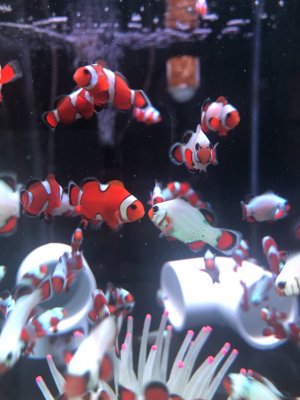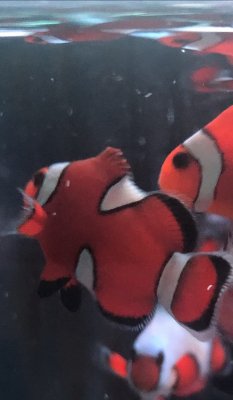Hello R2R members,
I just stumbled across this page in my google travels so I am a new member. I have been breeding my Gladiator and Black Ice Clownfish for the last 6 months and have had some great success as well as a lot of failures. I am still working on trying to have better success with the first couple of days from hatch night to meta stage. My biggest issue seems to be how much tint the Fry actually need in the water verses the amount of light on hatch night. I had one extremely successful clutch with about 125 survivors and then it is twenty here 12 there. I cannot seem to replicate my success. I can say that I spoke to a local Marine Biologist that breeds clownfish with his students and he said that I need to count 10 rotifers per ML and that they need to have about 3,800 rotifers per gallon. Which sounds great but I have tried viewing through the microscope and finding my count is higher and have been trying to find that equilibrium of how do I restart a batch of rotifers and time the growth rate so that I do not have a ton but have a safe batch to calculate how many liters to drive without having to be so technical. Does anyone have a successful rhythm that they use? Here is where I stand as of today, my Gladiator laid eggs last night and they will hatch next Friday so I should drop my rotifers down to a certain percentage so that they are ready to harvest and feed the Fry on hatch night. Here is a picture of one of my Frostbites, the parents and the grow out system I built. Any advice is greatly appreciated. Also if anyone has any good suggestions on what to pair with my Frostbites please let me know your thoughts? Sincerely, Neil
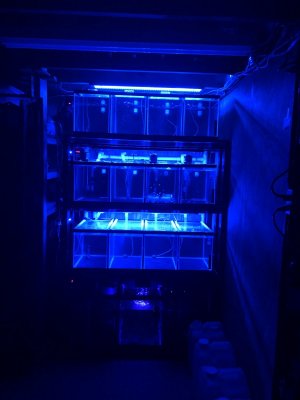
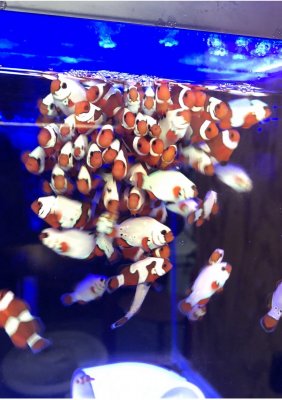
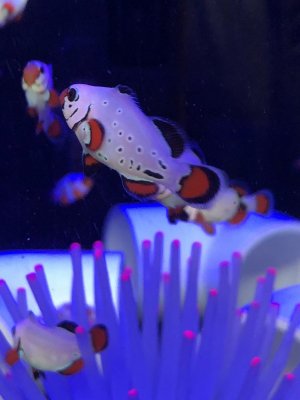
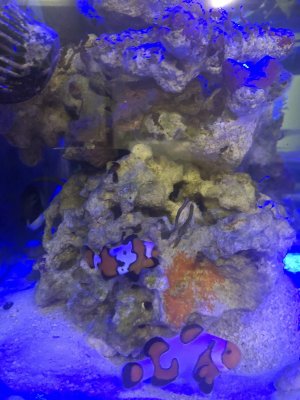
I just stumbled across this page in my google travels so I am a new member. I have been breeding my Gladiator and Black Ice Clownfish for the last 6 months and have had some great success as well as a lot of failures. I am still working on trying to have better success with the first couple of days from hatch night to meta stage. My biggest issue seems to be how much tint the Fry actually need in the water verses the amount of light on hatch night. I had one extremely successful clutch with about 125 survivors and then it is twenty here 12 there. I cannot seem to replicate my success. I can say that I spoke to a local Marine Biologist that breeds clownfish with his students and he said that I need to count 10 rotifers per ML and that they need to have about 3,800 rotifers per gallon. Which sounds great but I have tried viewing through the microscope and finding my count is higher and have been trying to find that equilibrium of how do I restart a batch of rotifers and time the growth rate so that I do not have a ton but have a safe batch to calculate how many liters to drive without having to be so technical. Does anyone have a successful rhythm that they use? Here is where I stand as of today, my Gladiator laid eggs last night and they will hatch next Friday so I should drop my rotifers down to a certain percentage so that they are ready to harvest and feed the Fry on hatch night. Here is a picture of one of my Frostbites, the parents and the grow out system I built. Any advice is greatly appreciated. Also if anyone has any good suggestions on what to pair with my Frostbites please let me know your thoughts? Sincerely, Neil




Last edited:









